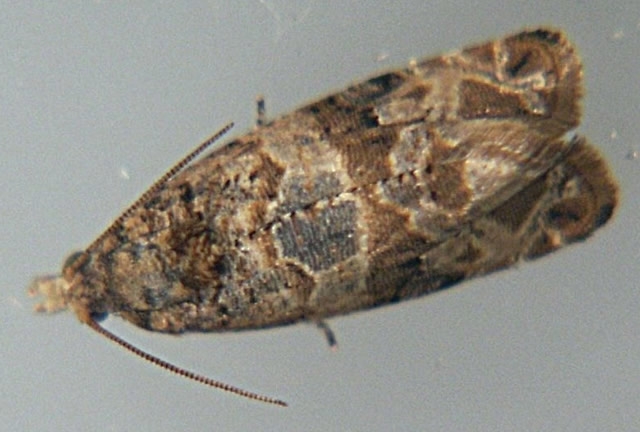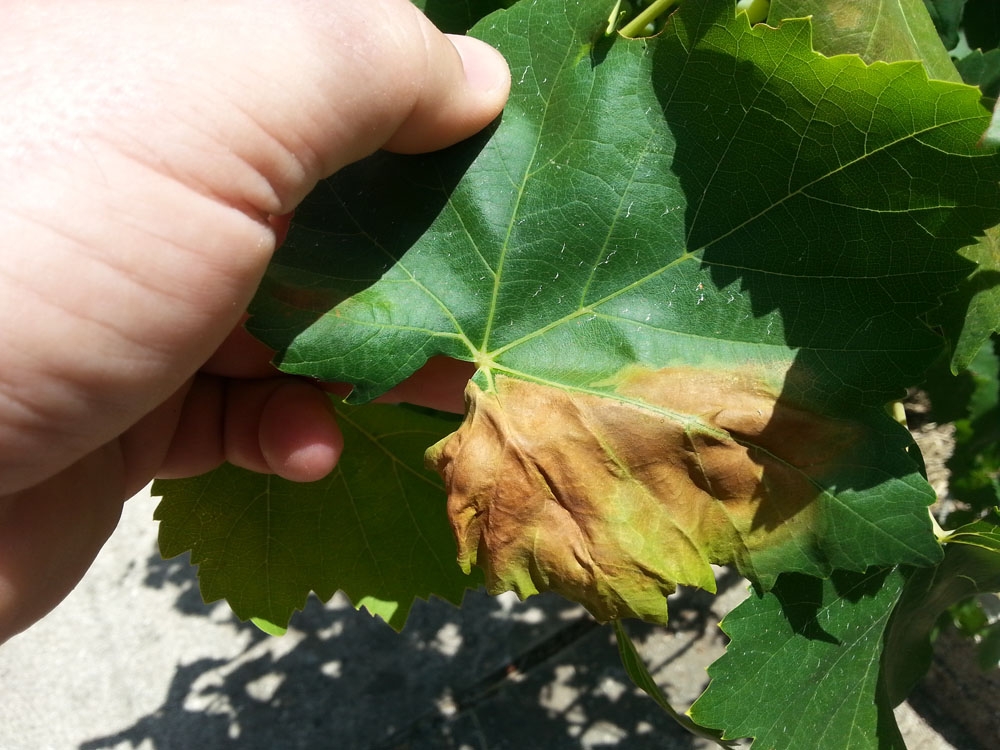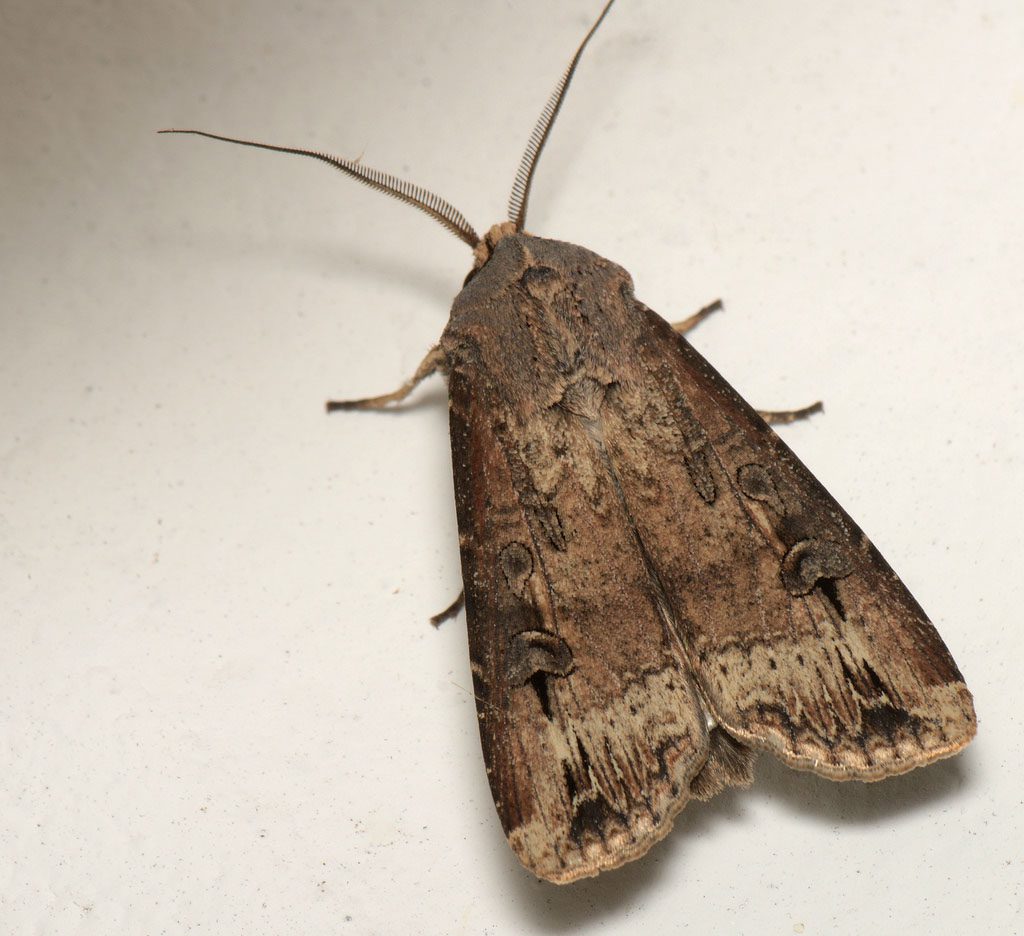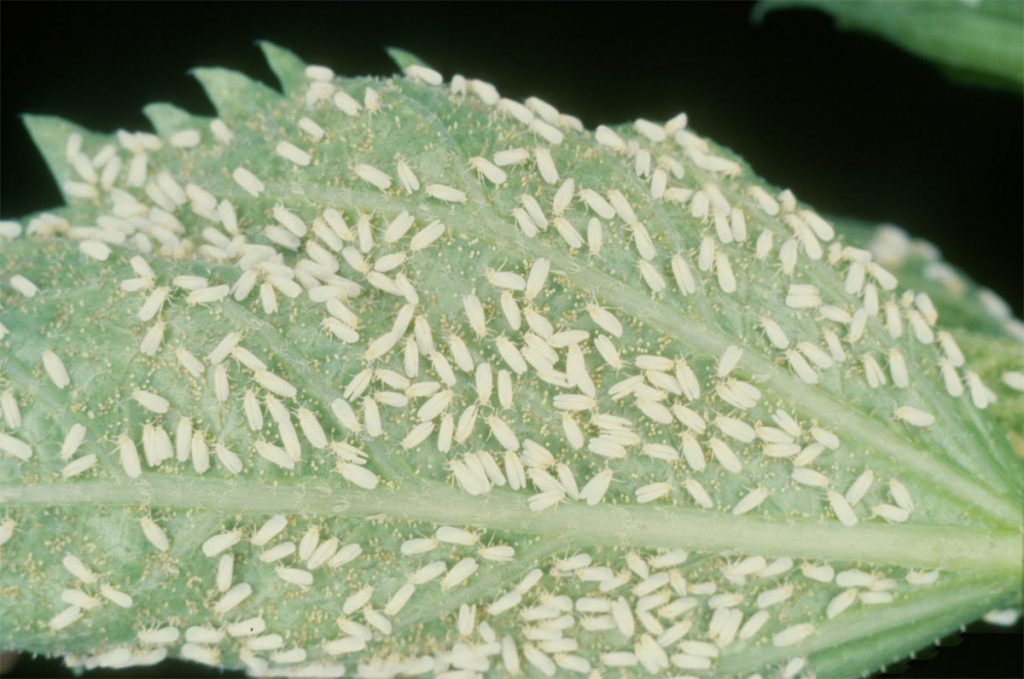European grapevine moth is the most serious entomological problem of vineyards because it destroys flowers and grape berries. It causes a qualitative deterioration in vine raceme due to the excretions and tissues of the larvae and the secondary establishment of other pathogens (botrytis, acid rot) to the affected vines.
Scientific name: Lobesia botrana
Other name: European grape worm
Greek name: Ευδεμίδα
Damage
The 1st generation larva is generally a flower eater. It feeds on the stamens and pistil, and the affected flowers are connected to each other by silken threads. The 2nd generation destroy the immature berries, which are often connected by threads. The 3rd generation larvae cause the most serious damage because they attack the mature berries. Damage is more severe in varieties with dense clusters and in grapes.
Enemy
European grapevine moth mainly attacks European grapevine, although its larvae can also develop on some other plants (e.g. olive, plum, kiwi) but it cannot complete all its generations on them.
In vines it completes 3 generations per year in most areas. The first flight of adults starts in mid-April when the stems are in the “berry” stage. The adults lay eggs on the inflorescences and the larvae of the first generation attack and destroy the flowers and attach them with silk threads. The first generation adults (butterflies) lay eggs in the bunches and the second generation larvae (June-July) feed on the unripe grapes causing them to fall. Third generation larvae (July-August or until October in Macedonia) attack ripening grapes. In some areas in Greece (e.g. Attica, Crete, Peloponnese), a fourth generation is also observed. The larvae of the last generation pupate and overwinter under dry bark of stumps, in the ground or other natural shelters.
Treatment
To control European grapevine moth, treatments in accordance with the Agricultural Warnings are recommended, or at the “berry” (if the infestation is severe and in combination with other insect problems), after fruiting, before the grape bunches are “closed”, at “polishing” and at maturity. To ensure timely intervention, systematic control by sampling of raceme for infestation is recommended.
Source
www.bayercropscience.gr
Lobesia botrana
Tags: PLANTS ENEMY • VINEYARD





